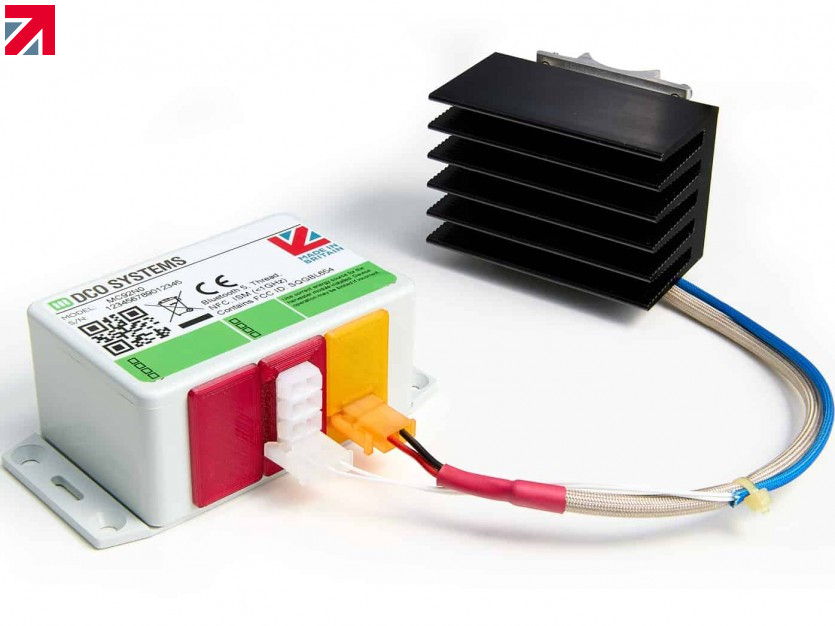Engineers and factory managers bear a great responsibility in overseeing the health of plant equipment. While digital technology promised a new generation of data and insight, Industry 4.0 is proving harder than it should be. But why? Wait times for installation, infrequent data reporting and limitations on monitoring are becoming burdensome obstacles. At face value they are unrelated yet getting to the root of these challenges they all stem from a sensor’s energy source.
Battery-operated sensors are finite and transmit data less
Most sensors used for monitoring machines are either powered by batteries or wired into existing infrastructure. The problem with battery-operated sensors is that batteries are finite. Engineers always need to take into account ‘How much power do I have left?’. While the monitoring of temperature may not use a lot of power, in contrast radio transmissions or getting data to the engineer tends to be energy intensive. Therefore, for battery-operated sensors to have a long life, they often do less. This can include less transmitting of data or monitoring fewer performance metrics. As a result, you have only snapshots of your process and gaps in data gathering.
Plug-in sensors are reliant on infrastructure
Plug-in or wired sensors also come with challenges and limitations. If a plant needs immediate monitoring solutions, your hands lie in the fate of getting a site engineer to wire in the energy points. In addition to the waiting, what about the places (tunnels, high up chimney stacks) that have little infrastructure or no access? Once wired sensors are installed in only accessible places, they rely on energy and add to your ongoing energy costs. The result is that you end up monitoring only a portion of your equipment.
Battery-free, wireless sensors break through energy source barriers
The solution to these challenges is using ambient energy, from natural or process sources, to power sensors and collect data. The simplest description of this is sensors with solar panels on them, which collect and store energy from both natural and artificial light. Other examples include energy gathered from temperature differential, changes in temperature within a room, or energy gathered from the vibration or acoustics of an operating machine. All these elements generate energy and DCO Systems have developed a sensor that harnesses this energy, without the need for batteries or wires. The sensor units are self-powering and because there is an infinite duration of an ambient energy source available, they can be used nearly anywhere, even in places with little infrastructure or access.
Further benefits include easy installation, simplified with colour coordinated fittings and adapters; immediate use, can be up and running the next day; and maintenance-free, once installed the sensors can run infinitely without the need for battery changes. Self-powered sensors also store energy which means they always have the power to transmit data as frequently as needed. This allows you to fill in data gaps and create a rich and robust data set for your machines. Equally important, DCO’s self-powered sensors are able to monitor more components at one time. One client recently enjoyed monitoring temperature, vibration and electrical analysis in parallel and this gave them significantly more insight into their ageing motors and drive system.
Problems that occur with battery-operated or wired sensors can be eliminated completely. Data can be gathered more frequently, in more places, with more metrics being monitored using DCO’s battery-free, wireless sensors. To get started with DCO’s affordable monitoring tools, contact us or email info@dcosystems.co.uk.
Find out more about DCO Systems Limited on their member profile page here
Member-created content 4 years ago | From members
